From the close-ups of pale pink stockings and ruffles against Eddie Redmayne’s figure to shots of vibrant parties composed of elegant gowns and graceful dances, The Danish Girl definitely had no problem with projecting a sense of class and glamor into the story. But, beyond the glossy aesthetics, the film carries an issue much more complex and difficult to portray.
The Danish Girl is a film inspired by the life of Lili Elbe, an artist from Denmark who underwent the first sex reassignment surgery in the 1930s. The historical fiction has caught the attention of both critics and the everyday moviegoer, so the nominations for the 2016 Oscars came as no surprise.
That being said, while the movie itself was well-received by some critics, the controversy about casting Redmayne as Lili is still being brought up by the transgender audience in online articles and petitions calling out the casting process. Many of them argue that the casting process is inappropriate because no transgender performer was considered and, instead, the role was given to someone who is cisgender, which refers to a person whose gender corresponds with the gender they were born with.
This is far from the first time the transgender identity was put under the spotlight in film. For instance, Jared Leto’s portrayal of Rayon, a trans woman in Dallas Buyer’s Club (2013), is another transgender role that caught the eye of the Academy. However, it received criticism not only for the casting choice, but also for how the Rayon was written mostly based off stereotypes.
More and more transgender roles have been appearing in today’s film and television industry, and while representation on screen is beneficial for minorities, the growing visibility also invites us look deeper into how these roles are treated, and how media expects us to perceive people from the transgender community.
As told by the screen
Media today has evolved to become a more diverse and progressive platform for stories, including the different transgender narratives. Transgender roles have been showing up in mainstream entertainment like in Orange is the New Black, a series about a group of women and their lives in prison, and the recently concluded musical television series about show choir, Glee.
These shows have raised awareness for people who identify as transgender, exploring issues that surround these people, such as misgendering (referring to someone using a word or pronoun that doesn’t reflect their gender correctly), hate crimes, bullying, and the struggles of transitioning.
However, despite the advantages of the growing visibility of transgender characters in media, many of these onscreen portrayals have been criticized by audiences—particularly from members of the Lesbian, Gay, Bisexual, Transgender, and Queer (LGBTQ) community itself—due to different misrepresentations committed by these shows and films. Like the case of The Danish Girl, much of the controversy stems from the casting of cisgender actors to play transgender roles.
Peter Lorenzana, an instructor in the Interdisciplinary Studies Department, says, “I guess you can say that there is [transgender] visibility, but it is limited; it is one-dimensional.”
Another major issue in portraying transgender characters is in how directors and writers mostly appeal to stereotypes rather than fleshing out the character they’ve created. One of the notable examples would be Rayon, Leto’s aforementioned role. To add to the issue of the character being played by a cisgender actor, Rayon embodied tropes that generalize the transgender people: Rayon wasn’t only a prostitute addicted to drugs, but the character was also used as the movie’s comic relief.
Lorenzana points out that one cause of this is the fact that many of the people in charge of the creative process aren’t transgender. He adds, “When you’re not part of [that community] or you don’t have anyone part of that particular group, then most likely you will write them in a very limited fashion or in a very stereotypical manner.”
Hitting closer to home
It is clear that the presence as well as the conversations on transgender identity and LGBTQ representation is more pronounced in western cultures. Lately, however, the local scene has been catching up in terms of inclusion as it has been accommodating more and more roles for people of the LGBTQ community.
Philippine media has had its fair share of LGBTQ characters but they are hardly ever characterized outside of the role of comic relief, or to contribute to the main character (who is often straight and cisgender) and his/her character development. And, if they are the stars of the show, they are reduced to stereotypes exaggerated in comedic fashion, such as the sassy gay friend or the incredibly butch lesbian, in order to appeal to audiences. An example of this would be the 2013 Vice Ganda film Girl, Boy, Bakla, Tomboy wherein Vice Ganda plays each titular character by acting out their stereotypes.
Last September 2015, however, there was a breakthrough with a transgender frontwoman in GMA’s Destiny Rose, portrayed by Ken Chan. The series explores the life of Joey and how he transforms himself into a female writer named Destiny Rose.
Many from the LGBTQ community felt that it was a refreshing step forward in terms of transgender representation, as the show was far more sensitive to the struggles and stories of the community, going as far as inviting members of the community to the tapings to guide Ken in his portrayal.
The titular character, Destiny Rose, avoided Philippine tropes for transgender women and was written to be more than just the gender she identified as. Lorenzana says that when people write about LGBTQ characters, their gender “becomes a crutch wherein [it] has to become the focus or else the audience will not know that they are queer, transgender, etc.”
These characters are hardly ever written with focus outside of their gender identity and expression. “When you put these characters on TV and cinema and otherwise, there is a particular fetishization that happens, we are focused on the gender of that character,” Lorenzana says. “[But] the thing is, people are more complex than just their gender.”
Bridging the gap
There have definitely been advances in representing people who are transgender in Philippine media. “You have queer actors and actresses and roles that are played by them, they make a lot of money—Vice Ganda among other people who are very well-known. They have commercials and everything. It’s getting better,” says Lorenzana.
But increased visibility should not be mistaken for progress—despite these advances, it is apparent that roles for people from this community are still very limited. “They entertain us, but being entertained doesn’t necessarily mean they have the same acceptance in society,” says Lorenzana, going on to say that despite these progressive steps, there is still a long way to go towards total acceptance—rather than just tolerance—and acquiring equal rights.
Internationally, while there have been more avenues for more widespread attention like the case of The Danish Girl, transgender talents are still largely overlooked. “Remember that it’s still a business at the end of the day, and they [producers] need to make sure cost is as low as possible to get maximum profit,” Lorenzana says, talking about how roles are most often given to actors who are the most bankable options, overlooking the individuals who will likely identify more with the characters. “In all probability, it’ll depend on who would get a bigger bottom line.”
Beyond all this, then, the issue boils down to that of empowerment—of how the lives of people who identify as transgender can be better portrayed. As Lorenzana puts it, “You have to allow them to represent themselves, to create a language for themselves on how to articulate their story. At the end of the day, your goal is to listen to their story—not you listening to your story you told about them.”

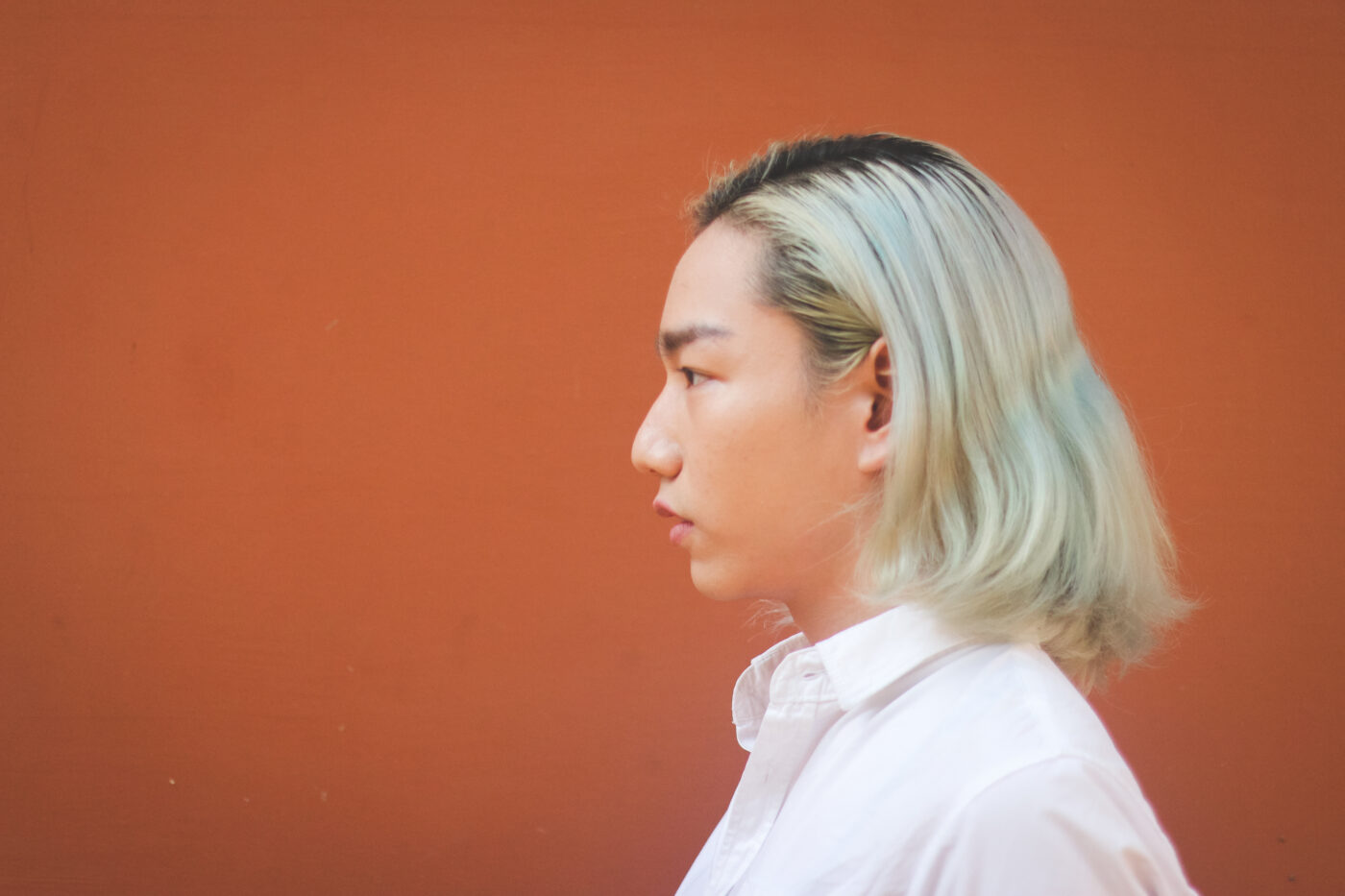

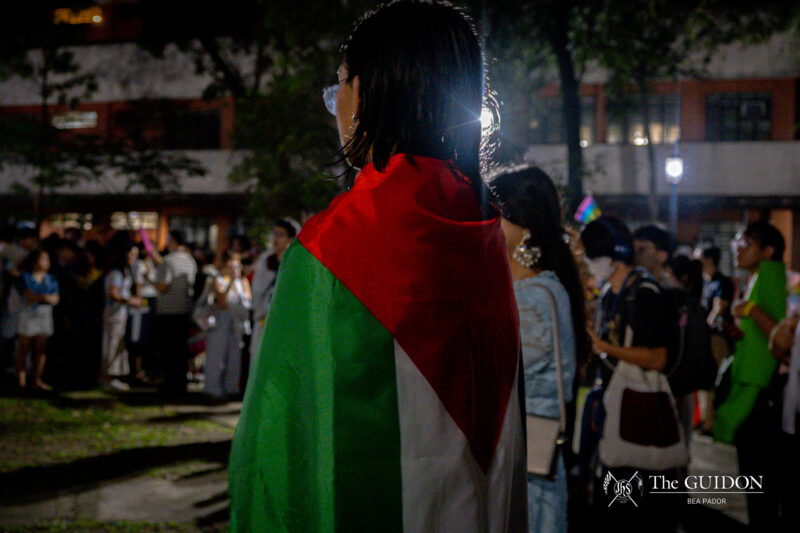
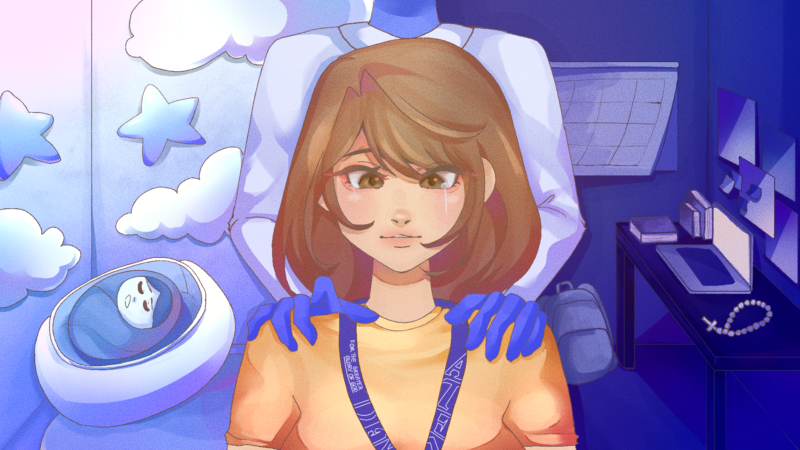
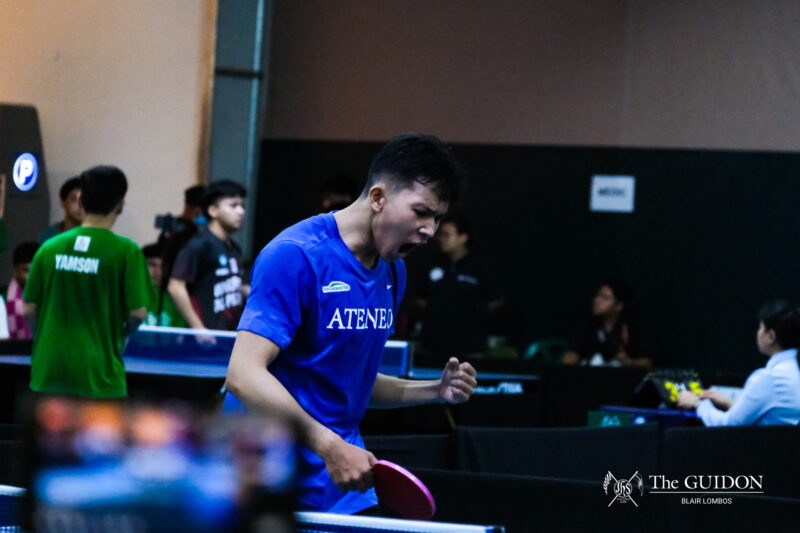
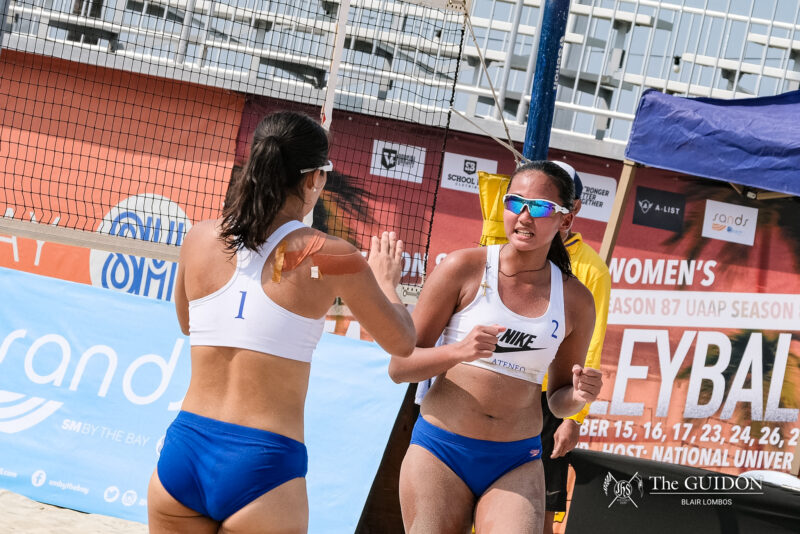
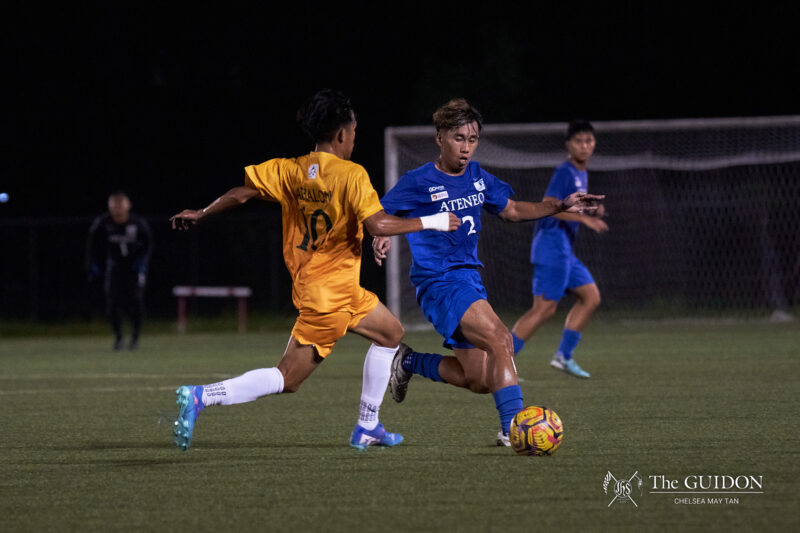
Why weren’t The Wachowskis or Sens8 mentioned in this article?